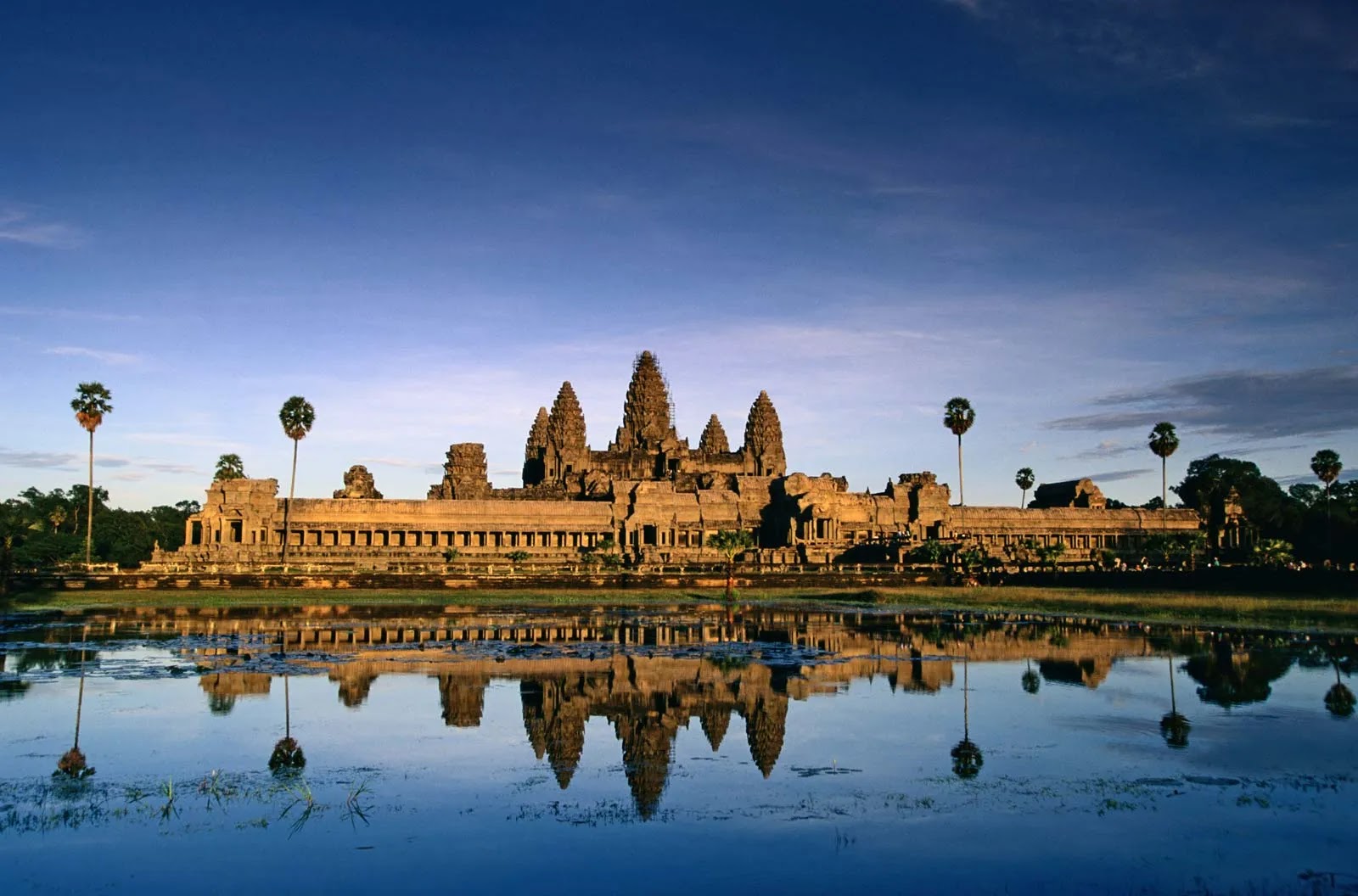Angkor Wat | Cambodia
Angkor Wat is a famous temple complex located in Cambodia. It was originally built in the 12th century as a Hindu temple and later transformed into a Buddhist temple. It is considered one of the most significant archaeological sites in Southeast Asia and is a UNESCO World Heritage site.
The temple complex covers an area of over 400 acres and features several intricate structures, including five towers that symbolize the five peaks of Mount Meru, which is considered to be the center of the universe in Hindu mythology. The temple is also adorned with intricate carvings depicting scenes from Hindu epics like the Ramayana and the Mahabharata.
Angkor Wat is located in the city of Siem Reap in northwestern Cambodia and attracts millions of tourists every year. It is a must-visit destination for those interested in history, archaeology, and architecture.
Angkor Wat was built during the reign of the Khmer Empire, which was a powerful empire that once ruled much of Southeast Asia. The temple was constructed by King Suryavarman II in the early 12th century as a dedication to the Hindu god Vishnu.
However, in the 13th century, the Khmer Empire converted to Buddhism, and Angkor Wat was transformed into a Buddhist temple. The temple complex underwent several renovations and additions over the years, and it remains an important religious site for Buddhists today.
In addition to Angkor Wat, there are several other temples and structures in the area that are part of the Angkor Archaeological Park, including Angkor Thom, Ta Prohm, and Bayon. These sites provide a glimpse into the grandeur of the Khmer Empire and its architectural and artistic achievements.
Despite its cultural significance, Angkor Wat and the surrounding area faced several challenges over the years, including looting and vandalism during periods of conflict in Cambodia. However, efforts have been made to restore and protect the site, and it remains a major tourist attraction and a symbol of Cambodian history and culture.

